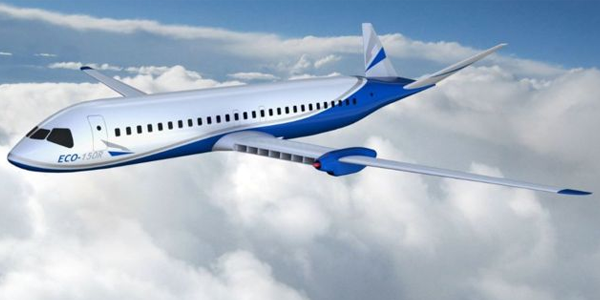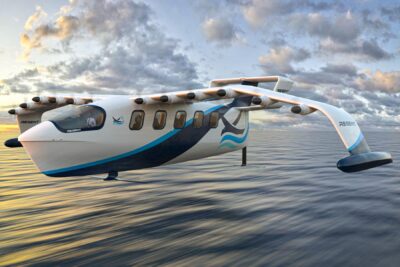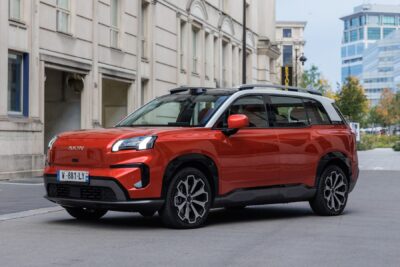As aviation goes electric, how do you ensure safety and expedite regulation?
Electric aircraft face many hurdles before taking off. Technological challenges of weight versus range are better known, yet e-planes must be certifiably safe. Guest author Vance Hilderman helps newcomers steer through the turbulence of certifying and points out air pockets in regulation.
***
The aviation industry has been in the crosshairs lately due to its large carbon footprint of about 2.5% of global carbon dioxide emissions post-Covid. It adds up to more than one billion tons of carbon dioxide, a number that has quadrupled since 1966. In addition, fossil fuel-powered aeroplanes also generate other emissions that contribute twice as much to climate change as CO2.
To address this issue, manufacturers have made huge strides over the last decade in the development of electric-powered aeroplanes. Although most of these development projects focus on rather small vehicles—typically craft that seat between two and twelve people—some industry players are aiming for full-sized commercial aircraft within the next few years.
One example is US-based Wright Electric, which is reportedly working on a 100-seater fully electric passenger plane, the Wright Spirit, due out in 2026. Another example is Heart Aerospace of Sweden, developing a slightly smaller but fully electric passenger aircraft due out the following year. It’s no longer a question of if but when electric-powered aircraft will become a commercial reality.
However, many challenges remain, not just from an engineering standpoint but also from a regulatory one. Until these hurdles are overcome, we’re unlikely to see electric aircraft take over our skies.
Safety Concerns
With any new technology, there are always questions about safety. For all-electric aircraft (AEA), the biggest safety concern is with the lithium-ion batteries that will power them. The batteries have the potential to ignite during the charging process through an uncontrollable temperature increase known as a “thermal runaway.” In addition, any damage to the battery that causes the chemicals inside to be exposed to oxygen or water can lead to rapid oxidation and system failure.
Fortunately, these issues can be overcome through the use of effective hazard containment systems. This would address the safety concerns of both regulators and the general public, but solving the safety problem creates a new problem of additional weight on the aircraft. AEA are highly weight-sensitive due to the poor energy density of batteries compared to jet fuel. While the issue with current battery limitations is a significant engineering challenge, many aircraft manufacturers are confident that a breakthrough will be made in the next few years. (As for hydrogen-powered planes, this is our detailed report.)
Another safety issue concerns the increasing use of embedded electrical systems in aircraft. Components such as air-conditioning, cabin pressurization, de-icing, landing gear, and brake systems have traditionally been powered by pneumatic, hydraulic, or mechanical systems. Nowadays, it’s becoming more common to see these components being electrically powered. The benefits of these “more electric aircraft” (MEA) include weight and fuel-consumption reduction, lowered maintenance costs, and noise reduction.
However, as the number of electrically powered components has increased, so have the power needs and complexity of the systems. Transmitting large quantities of electrical power around an aircraft at a high voltage is required to minimize resistive losses, or Joule heating, but this transmission creates the inevitable risk of insulation breakdown and arcing, which can cause catastrophic equipment failure.
Retaining some of the older power systems for redundancy is usually proposed as a way to overcome this safety issue. Two examples of this are the Airbus A350 and A380, both of which have embraced additional electrical systems while also retaining pneumatic systems for redundancy.
Held Back by Regulation?
A common complaint that often arises in discussions about new technology is the slow development of regulations. The development of new production standards and safety and certification rules by regulators often lags behind technological development, bringing product development to a halt. And this is exactly what’s happening with electronic aircraft. The issue for many AEA manufacturers is that they are often forced to design their planes without a firm idea of what the certification rules will be. The FAA is currently working to create a special consideration for electric engines and is even working alongside some electric aircraft manufacturers, like MagniX, to achieve this. But the process is still slow and must occur on a product-by-product basis.
The SAE International, a global standards developer for the aerospace industry, is currently making huge strides in regulation. The organization aims to use its standardization process to develop a consensus between developers and regulators on best practices. The hope is that, by working collaboratively together, developers and regulators can reduce the lag time between technology development and the regulations governing its use and implementation.
That said, some significant regulatory hurdles will remain, particularly when it comes to software considerations like DO-178C. As the share of embedded electronics in aircraft has grown, so needs in-depth software testing to ensure all systems are working as they should. Traditional software testing methods involve high volumes of data and much manual effort.
Given the evolving nature of the AEA industry, software testing professionals are constantly playing catch up in familiarizing themselves with varied system architectures. Adjustments may be needed regarding how software regulations are implemented with electric aircraft.
Final Thoughts
The increased desire for lower emissions, lower operating costs, and greater opportunities to open up new markets are all driving the development of electric aircraft. However, it’s clear that a lot still needs to happen regarding both engineering and regulation before we see the first fully electric commercial flight.
But when that first commercial flight does happen, it will be a game changer that will herald a new era in aviation history while also paving the way for a greener future.
>> Guest author Vance Hilderman is an avionics expert for over three decades and CEO of Afuzion, which provides aviation and avionics companies with knowledge, expertise, and safety-critical compliance training.





3 Comments